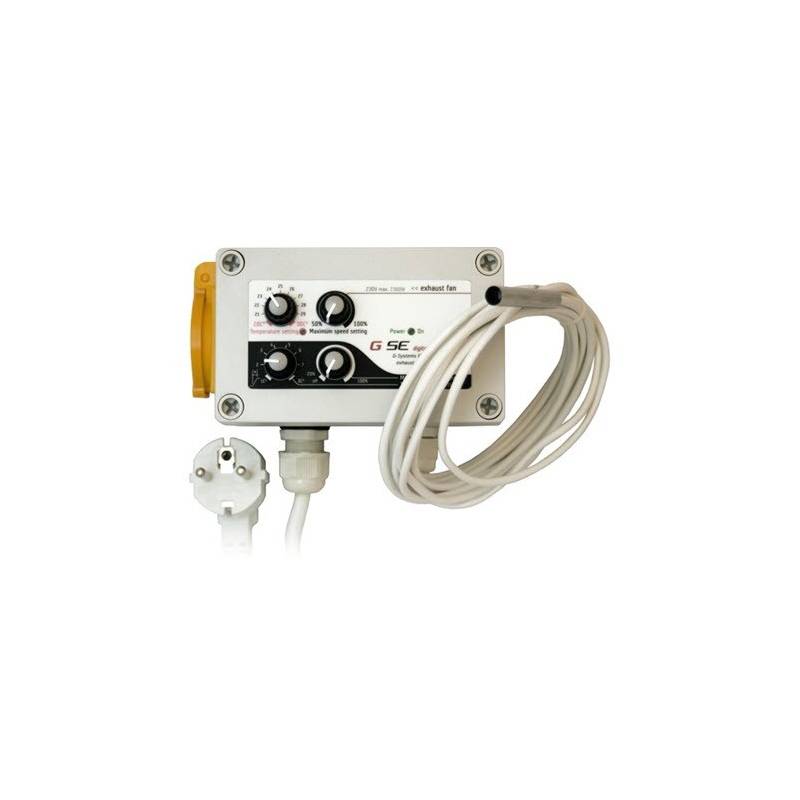
All the phases of your cultivation are important and each one requires a different care. Depending on the phase in which your crop is, it will need different levels of temperature, fertilizer program, hours of light and the correct levels of hydration. In this article we are going to show you which are the most common problems in the flowering phase and how to avoid them. Let’s get started!
Common problems in the flowering phase
Correct level of hydration

It is very important that the substrate is well hydrated to ensure a correct development of the plant.
When we over-water the plant and the substrate remains flooded, we run the risk that the roots rot and end up causing the plant to die.
SIf, on the contrary, we do not provide sufficient hydration to the plant, its leaves will begin to faint and the roots will dry out.
When this happens, it is much more difficult for the plant to absorb the nutrients well for its proper development.
Ideally, water the crop of 2 to 3 times a week and always be careful that the substrate is not flooded or dry.
If you notice that the leaves of your plants are yellowish or passed out may be due to a crisis of thirst. In this case you can place a tray under the pot. This will absorb the excess water and help to rehydrate your plant, but you must be careful not to over hydrate.
Suitable temperature

When your cannabis plants grow at a suitable temperature, it completes all its phases correctly and without stress. The ideal temperature should be between 20 and 27 ° C, although the optimum temperature is between 24th and 25th be it day or night. In this way you will ensure optimal development and flowering of your plants.
If the temperature is greater than 27 ° C, plants can become dehydrated and become more vulnerable to fungi and pests. If, on the other hand, the temperature is less than 20 ° C the plant will not be able to absorb nutrients in a correct way, which will cause it to weaken.
Humidity

The correct humidity levels for growing cannabis are approximately 50% during the night and 40% during the day. If our crop is exposed to a constant excess of humidity, there is a greater probability that fungi will appear, which puts flowering at risk..
If the humidity is less than 40% the plant will suffer metabolic stress due to dehydration environmental.

Crop Climate and Temperature Control
We have a wide range of humidity and temperature controllers, and other essential accessories and tools to ensure that your crops are always at the perfect temperature.
Get some humidity controller to know what humidity levels your crop is at at all times. In this way you will prevent your plants from being damaged.
Optimal ventilation system
A good ventilation system It will help you maintain humidity and temperature levels, as well as better control the temperature and prevent the air from stagnating.
If the ventilation system is not working properly, the air in the room can overheat, causing your plants to become dehydrated and much weaker.
Lighting plays a key role

The illumination It is an absolutely key element for the health, vitality and performance of cannabis cultivation.
But just like nutrients, too much of a good thing can cause harmful effects.
Good lighting is a must when trying to achieve the best possible harvest. Plants need light to produce energy through the photosynthesis process, so strong levels of light are essential.
During the flowering stage, there are certain lighting factors that must be taken into account. One of them is the light cycle. Unless you are growing a variety autoflowering, you will have to modify the light periods.

Autoflowering seeds
The largest variety of autoflowering seeds on the internet at the best price
Another important point is the distance between the light source and your plants.
During the flowering period there is a great vertical growth. Especially if the plant in question is a sativa variety that can reach a height of 2 meters or more.
The plants will shoot towards the light to a point where It could be dangerous. You need to keep the lights close to a grow to maximize production, but having them too close can cause problems.
If the plants grow freely and end up too close to a light source, they can burn and discolor. Most strains have different requirements as to how far they should be kept away from lights.
You’ll need to experiment a bit to find that sweet spot, or you can avoid this trial and error process by researching your strain well.

LED lamps at the best price
Wide catalog of LED lamps in stock with 24h shipments at the best price.
Correct amounts of fertilizers
The fertilizers in the flowering phase they are as important as in the growth phase. A correct application of fertilizer during the flowering stage will ensure a good harvest.
The right doses of fertilizer will keep your crop healthy. If it is difficult for you to measure the doses, we recommend using liquid fertilizers, since when adding them to the irrigation water it is much easier to control the amount that the plants receive.
One sign that you are using too much fertilizer is that the leaves begin to wrinkle and twist. Si On the contrary, they lack fertilizer, they will suffer chlorosis and the leaves will begin to fall..








